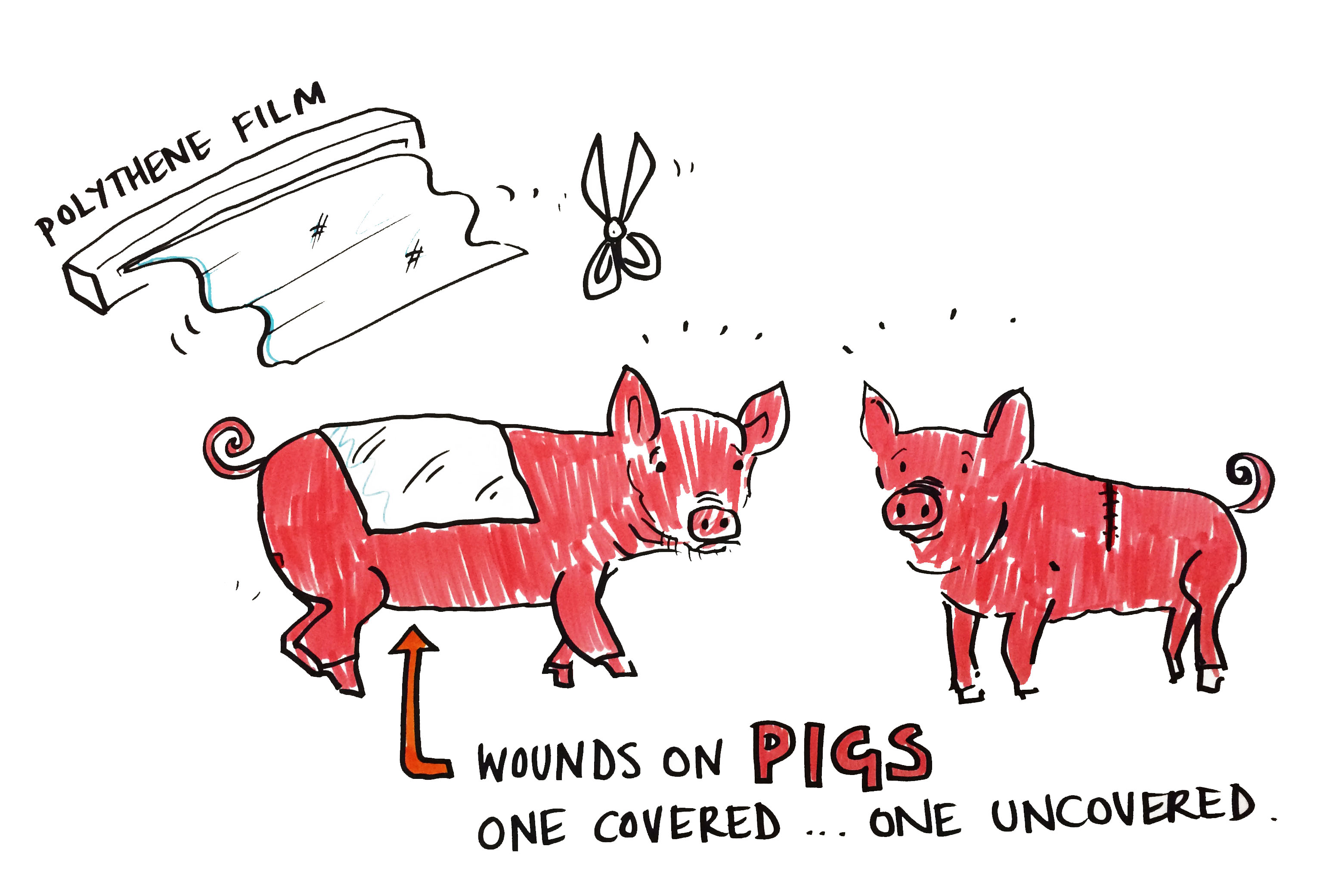About
 Advanced wound care deals with chronic, complex wounds, including leg ulcers, pressure ulcers, diabetic foot ulcers and dehisced surgical wounds. Although a fundamental part of everyday health care, technologies of wound care are often considered mundane and are overlooked by both researchers and practitioners, with important consequences for service users.
Advanced wound care deals with chronic, complex wounds, including leg ulcers, pressure ulcers, diabetic foot ulcers and dehisced surgical wounds. Although a fundamental part of everyday health care, technologies of wound care are often considered mundane and are overlooked by both researchers and practitioners, with important consequences for service users.
Whilst much research has examined the historical context of acute surgical wounds and injuries sustained on the battlefield, the case of chronic wounds has yet to be fully investigated. In the UK, most chronic wounds are managed by community nurses with referral to specialist services, including tissue viability, surgical specialties (e.g. vascular and orthopaedic surgery), podiatry and dermatology. The historical literature has tended to concentrate on hospital-based, acute clinical activity, ignoring the fact that wound care decision making, prevention and treatment is very often the preserve of nursing as well as patients themselves. Similarly, recent historical research has emphasised the importance of global conflict in driving innovations which are applicable in far broader settings; inventions emerging from warfare are appropriated and applied in many different and unexpected ways beyond the immediate field of conflict.
The work of George Winter (1962), observing that wounds in young pigs healed more quickly if covered rather than being left open to the air, is the starting point for much contemporary wounds research because it established the idea that a wound dressing can influence outcomes.
The theoretical context of the work will therefore bring together historical and sociological case studies of innovation and the established historical methodological approach of the 'medical marketplace', as well as recent research on the history of medical technology and everyday healthcare. This will shed new light on Rogers' (2003) influential work on diffusion of innovation and Greenhalgh et al's (2004) systematic review findings that successful innovation adoption requires analysis of the characteristics of the innovation itself, the perceptions of those individuals tasked with adopting the innovation, and the wider organisational cultures in place in the setting for adoption.

